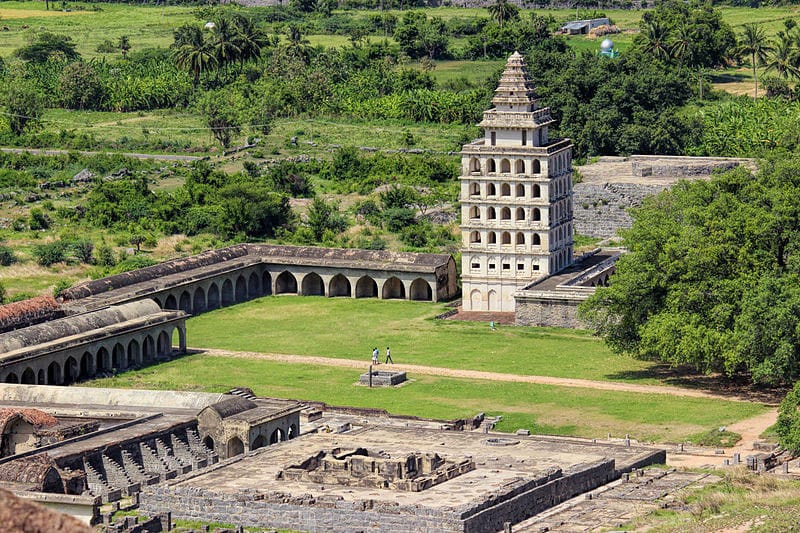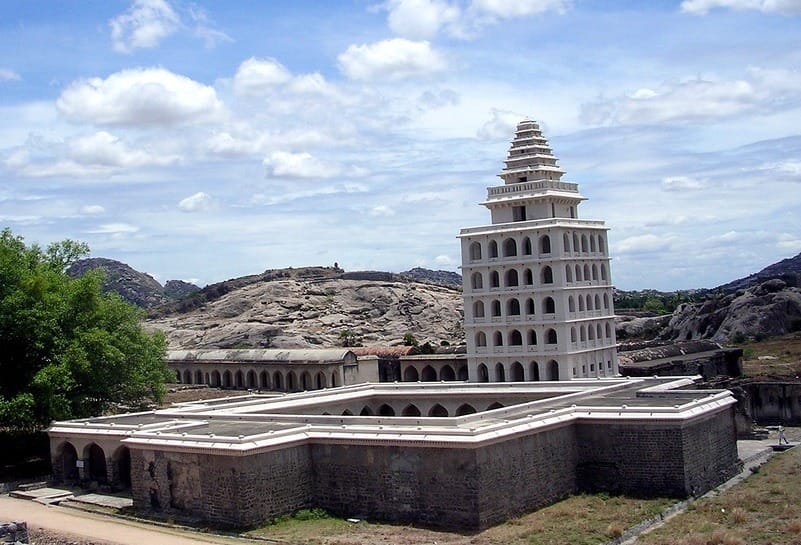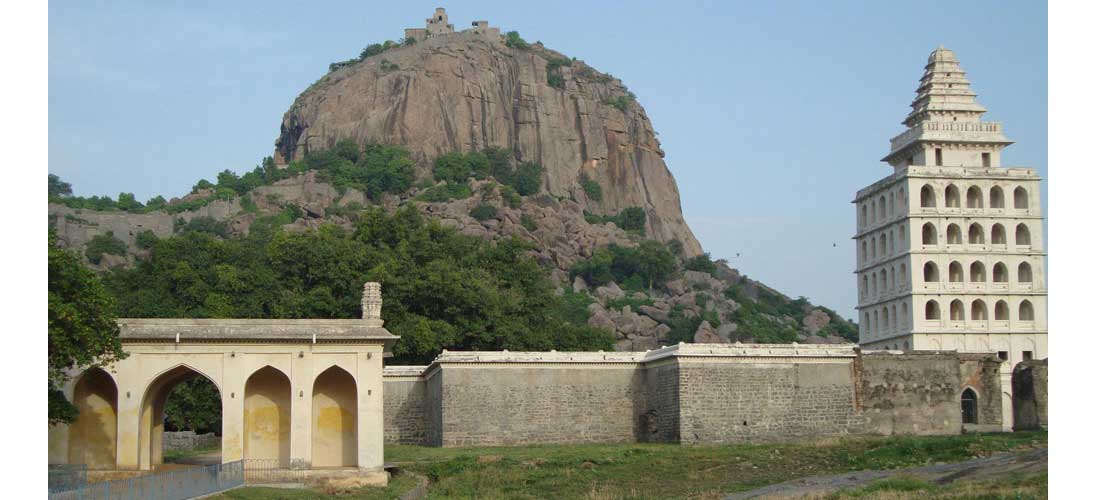In a moment of pride for India and Tamil Nadu, the historic Gingee Fort, often referred to as the “Troy of the East,” has been officially inscribed as a UNESCO World Heritage Site. This recognition is not just a badge of honor for the architectural marvel but also a testament to its cultural, historical, and strategic significance spanning centuries.

A Fort Unlike Any Other
Situated in Villupuram district of Tamil Nadu, Gingee Fort (also spelled Senji or Jinji Fort) is one of the most impregnable forts in India. Built across three hillocks—Rajagiri, Krishnagiri, and Chandrayandurg—the fort complex spreads over a vast area of nearly 7 square kilometers. Its unique triangular layout, complex military architecture, and natural defenses make it a rare fortification of its kind in South India.
Historical Significance
Gingee Fort boasts a rich history dating back to the 9th century, initially developed by the Chola dynasty and later fortified extensively by Krishnadevaraya of the Vijayanagara Empire in the 15th century. Over the years, it witnessed the rule of several dynasties and empires including:
- Bijapur Sultans
- Marathas under Shivaji
- Mughals under Aurangzeb
- French
- British
This diverse rule has left an indelible mark on the fort’s architecture, making it a rare blend of Dravidian, Islamic, and European influences.
Architectural Highlights
One of the most stunning aspects of Gingee Fort is its ingenious defensive system. It includes:
- Massive granite walls
- Deep moats and drawbridges
- Secret passageways
- Granaries, temples, and watchtowers
The Kalyana Mahal, a seven-storey tower with Indo-Islamic architecture, remains a symbol of elegance and utility. The granaries built to store food during sieges, the Elephant tank, and numerous temples add to the fort’s layered narrative.
Recognition by UNESCO
The inscription of Gingee Fort as a UNESCO World Heritage Site highlights its “Outstanding Universal Value”. UNESCO has recognized the fort for its:
- Exceptional example of military architecture
- Cultural fusion reflecting various dynasties and their contributions
- Conservation of regional history and heritage
This recognition is expected to boost tourism, foster international awareness, and attract conservation funding for ongoing preservation efforts.
Government and Local Initiatives
The Tamil Nadu government, along with the Archaeological Survey of India, has been instrumental in restoring parts of the fort and improving access. Efforts include:
- Pathway developments
- Restoration of ruined structures
- Informational signage in multiple languages
- Digital guides and virtual walk-throughs
Local communities have also played a role in preserving the site, showcasing the synergy between heritage and people.

Future Prospects
With its new status as a World Heritage Site, Gingee Fort is expected to:
- Attract international tourists and historians
- Provide educational value to students and researchers
- Create opportunities for cultural events and exhibitions
- Bring economic benefits to the local economy through increased footfall
Conclusion
The recognition of Gingee Fort as a UNESCO World Heritage Site is a moment of pride not just for Tamil Nadu, but for the entire nation. It stands as a symbol of India’s resilience, architectural brilliance, and the rich tapestry of cultures that have shaped our history. As the fort enters a new chapter of global recognition, it invites visitors from around the world to walk through the echoes of time and marvel at its enduring grandeur.
More For You
1.Radhika Merchant & Anant Ambani’s 1st Wedding Anniversary: A Grand Celebration of Love & Legacy
2.Monica Barbaro: Hollywood’s Rising Star Breaking Stereotypes with Grit and Grace

